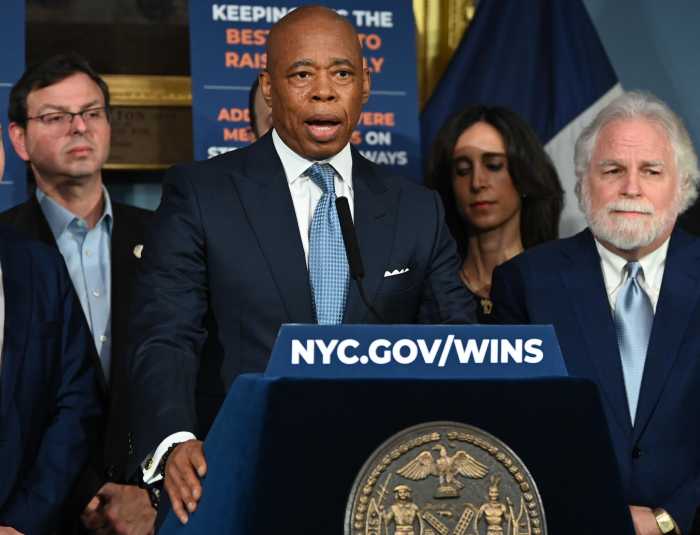To the editor:
Re: “Seaport Report” (by Janel Bladow, July 20)
The authorities who hastily removed the feral cats from the Brooklyn Bridge/Seaport vicinity without informing the public of the plan or the reason (if any) for this unwise decision have thoughtlessly and unnecessarily exacerbated the rat infestation problem in the area.
Wildlife biologist Dr. Dvora Ben-Shaul of Israel, addressing the feral cat issue in her Jerusalem Post column (Dec. 7, 1969), wrote that these felines “fill a definite place in the ecology of our cities. Wherever that many cats can support themselves, an ever larger number of rats could live, were the cats not there.”
Dr. Ben-Shaul explained that any ecological niche is “open to competition between those species that could live within the niche. The fact that the cats are there occupying the shelter, eating the food and taking up the space is enough to keep another competitor from gaining a foothold.” The disappearance of the cats from the streets “would leave their niche open to the rats, the strongest competitor for it.”
The biologist cited an example to demonstrate “the seriousness of the situation”: After the Korean War, American soldiers killed off all the stray cats in Seoul, she wrote. “The rats became uncontrollable” until, in 1954, Japan shipped 6,000 cats from Yokohama to get matters under control.
Before the city authorities (unnamed in Janel Bladow’s column) rushed to snatch the feral cats off the streets (presumably to be euthanized), they should have consulted scientists as to the environmental impact of such an action. They should also have asked the residents of the area for their opinions instead of acting unilaterally and undemocratically.
If the Brooklyn Bridge cats are still alive, they should be returned to their home locale, where they will continue to serve the health and welfare of the area’s residents.
Aviva Cantor
Vice President, CHAI: Concern for Helping Animals in Israel, Inc.




































